As an Amazon Associate I earn from qualifying purchases.
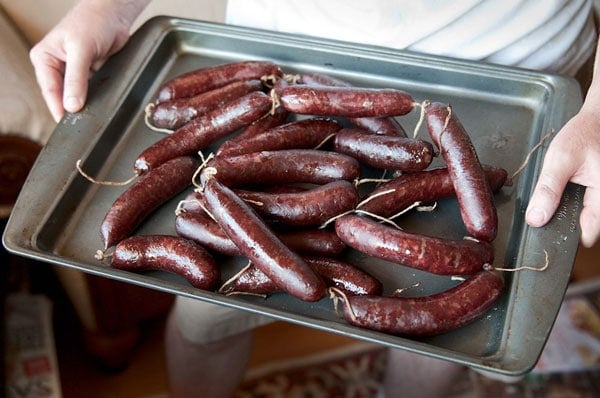
Landjaeger. Such a cool name, eh? It’s a German dry-cured sausage that is made small enough to fit into your coat pocket on a cold day hiking, fishing — or hunting. Thus the name.
Traditionally made with beef and pork, my landjaeger is made with venison and pork fat. You could use any red meat — goat, lamb, elk, etc.
This is not a beginner’s sausage. It requires a few advanced sausage-making skills and some equipment. If you’ve never made dry-cured salami before, I’d suggest starting with something a little easier, like my basic salami instead.
And if you’ve never made any sausages before, stop. Make a few batches, using my tutorial on Simply Recipes, and then come back to this recipe.
You will need a few things before you even start:
- Curing salt No. 2, and a special bacterial starter that ensures the good bugs beat the bad ones.
- A humidifier, or a place where the humidity is over 85 percent.
- A place to hang your sausages in this humid environment.
- A place to hang your sausages after the initial ferment, preferably a place with humidity about 80 percent and about 55 degrees.
- A smoker. Landjaeger is lightly smoked before it hangs to dry.
The details on how to make your landjaeger are below, but so far as dry cured sausages go, this one is pretty easy, as it comes together in weeks, not months. Two other recipes with short hang times are stångkorv, a Swedish breakfast sausage, and kabanos, a smoked Polish meat stick. Once the landjaeger is made, it will keep in the fridge for weeks, and indefinitely in the freezer.
At room temperature, it will keep a few days, but I’ve had them out in the field in cold hunting weather for many days and they were fine.
Venison Landjaeger
Ingredients
- 3 pounds venison
- 2 pounds fatty pork shoulder or pork belly
- 51 grams (about 3 tablespoons) kosher salt
- 15 grams (a scant 2 tablespoons) sugar or dextrose
- 6 grams (about a teaspoon) Instacure No. 2
- 1 teaspoon garlic powder
- 1 teaspoon caraway seed
- 1 teaspoon ground coriander seed
- 2 tablespoons ground black pepper
- 2 teaspoons ground allspice
- 1/2 teaspoon celery seed
- 5 grams (about 1 tablespoon) starter culture T-SPX
- 2/3 cup distilled water
Instructions
- Cut the fat and meat into chunks that will fit into your grinder. Trim as much sinew and silverskin as you can. Mix the salt and Instacure with the meat and fat and put it in the fridge overnight. If you have a grinder with a very large die, like 10 mm, grind it first and then set it in the fridge. If you only have the standard "coarse" die, which is normally 6 mm, just put the meat and fat as-is in the fridge Doing this helps develop myosin, which will give you a tighter bind when you stuff the links later.
- The next day, put the fat and your grinding equipment — blade, coarse and fine die, etc — in the freezer. Mix the spices into the meat. Put the meat mixture in the freezer, too. Let everything chill down until the meat hits about 28°F or so. It won’t freeze solid because of the salt. Normally this takes about 90 minutes. While you’re waiting, soak about 15 feet of hog casings in a bowl of warm water.
- When the meat and fat are cold, grind through the coarse die of the grinder, the 6 mm die. If the meat is 35°F or colder, go ahead and grind half of it one more time through the fine die, which is normally 4.5 mm. If it's too warm, freeze until it hits 35°F and then grind it.
- Regardless, once it has been ground, put the meat and fat back in the freezer while you clean up. Dissolve the starter culture in with the distilled water. Let this sit at least 15 minutes.
- When the meat mixture is back below 35°F, you can mix it. I put the mixture into a big plastic bin with the starter culture mixture and mix it by hand for about 2 minutes. If you do this, you’ll know the mixture’s cold enough if your hands ache from the chill. Or, you can put everything into a big stand mixer and mix on low for 90 seconds to 2 minutes. I prefer to mix by hand.
- Put the sausage in the fridge while you clean up. Run some clean water through your casings to flush them and to see if you have any leaks.
- Pack the sausage into your stuffer and get ready to make the salami. Leave 4 to 6 inches of casing hanging from the edge of the stuffer as a “tail;” you’ll use this to tie off the salami in a bit. Start working the meat into the casing, using your fingers to flush any air out of the casing and to regulate the flow. Do a whole coil before you make links.
- Tie off links of about 6 to 8 inches with kitchen twine. Now gently rotate the links to compress the meat within each casing, watching for air bubbles. Heat a needle or a sausage pricker in the flames of your stove to sterilize it, and prick the links to let any trapped air out. Hang your sausages from “S” hooks or somesuch on a wooden rack. Let them hang at room temperature for an hour or two.
- Now you need to ferment the sausage. You will want to tent the hanging sausages with black plastic from some garbage bags, or some other plastic sheeting. If you have one, put a humidifier under the sausages. You really want them to stay moist. Let the sausages hang for at least 24 hours, and up to 48 hours. Every few hours, spritz them with a spray mister to keep them moist. This is the fermentation stage, the stage where the starter culture you are using defeats any bad bacteria in the sausage.
- When the sausages are ready, fire up the smoker. Put ice cubes in the water tray to keep the temperature as cool as possible. You are not cooking the links here, you are giving them a good smoking. Use oak, hickory, any fruit or nut wood. Avoid mesquite, as it is too distinctive. And no pine -- too much resin. Smoke the links for 2 to 3 hours, making sure the temperature stays cool. If the smoker got beyond 125°F, douse the links in an ice water bath to stop any cooking. Pat them dry.
- Now you need to hang them in your drying chamber. I use an old fridge with a temperature regulator and a humidifier in it. Hang the links at about 80 percent humidity for a week or two before eating. Store in the fridge, or vacuum sealed in the freezer.
Notes
Nutrition
Nutrition information is automatically calculated, so should only be used as an approximation.

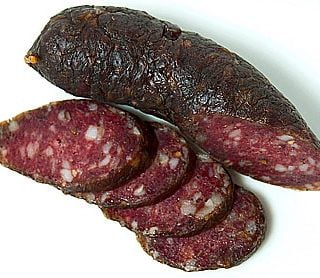
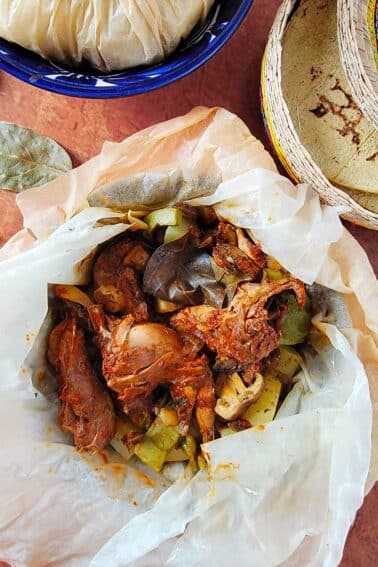
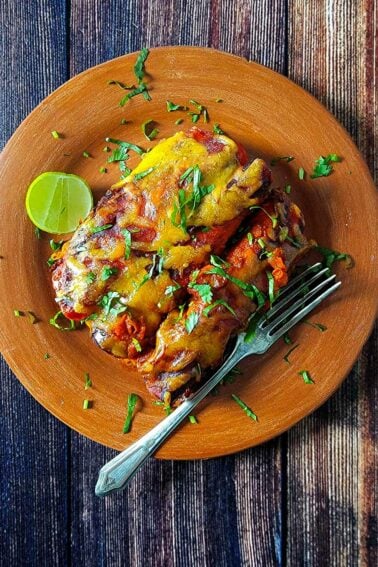
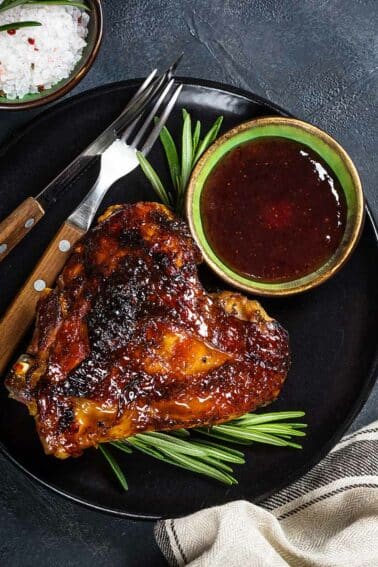
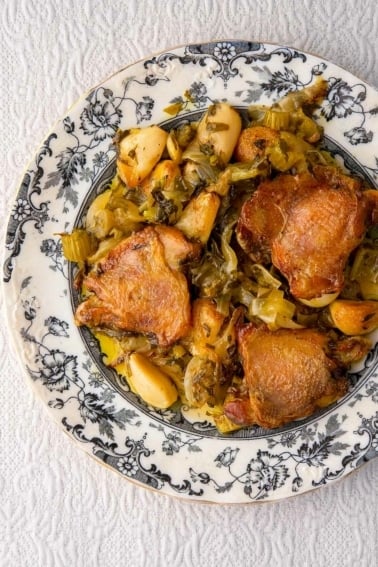
Hi Hank,
Would say that 24 hours is ok to have the meat and the salt mixture in fridge after being run through the 10 mm die or would 12 hours be more appropriate
Dave: I like 24 hours.
i see now where you have the temperature posted. but still curious about the temperature controller
Hank, How about instead of “Dunno what to tell ya” Tell this Alec that he messed up and will get really sick if he eats these green mold landjeagers. I am going to assume this was a Troll job, or the guy died, and thats why he hasn’t responded with results.
Hi Hank…just want to thank you for this recipe. I made 20lbs a couple years ago. I sent 3 lbs with my nephew for his bike trip from Lowell to Copper Harbor. He ate the last link before crossing the bridge, mi ndful of bears. I’m hanging another 20 lbs tonight. He’s naming his new sailboat after me. Not just because of the sausage, but I’d be lying if I said it wasn’t a talking point. 🙂
jb in Eaton Rapids.
Hank my name is Alec. I made 25lbs of landjeager with your receipe,I used 20 mm casings about 1 1/2 inch let hang 6 weeks to achieve the hardness I wanted. It has grown some pretty nasty looking greenish mold. I’m ready t try it but wonding if I should check the ph before eating.while hanging it was keeper at about 50 degrees with 70 to 80% humidity in the storm shelter.
Alec: Why on earth did you hang them six weeks?!!? The recipe calls for a week, maybe two. Dunno what to tell ya.
I,m going to make up some land Jager this fall, using your recipes.
My question is more general in nature. I have seen some salumi recipes where Instacure is used without a starter culture, however they use mold 600 on the outside. Is there a drawback from using mold 600 and a starter culture or should you use one or the other?
Brandon: The mold has no effect on the inside of the salami. I never use it.
I’m new to curing, just curious as to why you used so much T-SPX?The back of the package says 1/2tsp for every 10lbs of meat. Does more make it dry faster?
Drew: Better safe than sorry. You want to make sure there is some in every part of the sausage, and unless you are especially good at mixing, using the recommended amount won’t do that.
Thanks for this recipe. What temp should the drying chamber be kept at? I have an old fridge, just not sure of the temp requirement.
Brian: About 55 degrees Fahrenheit.
Is there a way to propogate the culture for use in future batches as well? I am familiar with doing this for liquid brewers yeast but am unsure if you can do the same type of thing with a salami bacteria. Thanks!
Mike: Yes, but you need to have a bit of fresh salami, i.e., after fermentation but before drying, going at all times. You add it to the next batch like sourdough. I have not yet done this, but it is done in Italy in some places.
One thing I see lacking from this process is the amount of weight loss at completion. Most recipes are about 30%.
Mark: Then go with that. I have never bothered with measuring weight loss, and I’ve not had problems.
My first Landjaeger is now in the smoker! As I was sitting here reviewing, I realize that I forgot to include sugar/dextrose in my mince. D’oh! Is my Landjaeger ruined?
Max: Hmmm… I don’t think so. But I would not let it hang to dry more than a day or three.
If I use a fridge. Do I need to remove fan. And can the temp control be used that’s in it.
Smitty: It’s not ideal. A fridge will be too cold. Do you have a basement? That might work better. But hanging in a fridge is better than nothing. I use one, but I have a temperature controller on it that sets the temp to 55 degrees.
I think you meant ! tablespoon here; “15 grams (a scant 2 tablespoons) sugar or dextrose “. I love your website and podcast. Keep up the good work
This may be an odd question. Can this method/flavor profile be used with solid strips of beef/venison? I love the flavor/tang of landjaeger’s and would like to adapt it to jerky.
Mike: Probably. Mix all the flavorings in a brine or dry salt rub and see what happens!
Hey Hank, knocked out a batch of these 10 days ago. Used sheep casings this time after using medium sized hog last year.
Im aiming for a nice tight twiggy stick fishing snack. At only 10 days with the sheep casing some of the smaller links are ready to go!
Cold smoked 3 hours with well seasoned apple.
Also, I ordered F-RM-7 by accident so gave it a shot instead of T-SPX. The flavour profile is definitely different, but I reckon it suits the style nicely. Bit more tang in there and great color.
Awesome recipe,kicks the crap out of all the commercial landjaeger I tried in Germany earlier this year!
If anyones umming and ahhing about having a go at this.. just do it!
Cheers
Sorry. I didn’t realize the recipe already had a starter link…
I love Landjaegers. I struggle with finding the start culture. Which one would you recommend?
I made them this year for the first time using elk and pork belly trim. FANTASTIC !! I will make it every year now. I did not use any starter culture, instacure or sugar. I did not use water but instead put 2 cups dry white wine. Thanks for a great recipe.
Used this basic recipe and made some great venison summer sausage which I smoked for 8 hours. If you don’t like a lot of salt cut it by 20%.
These look incredible.